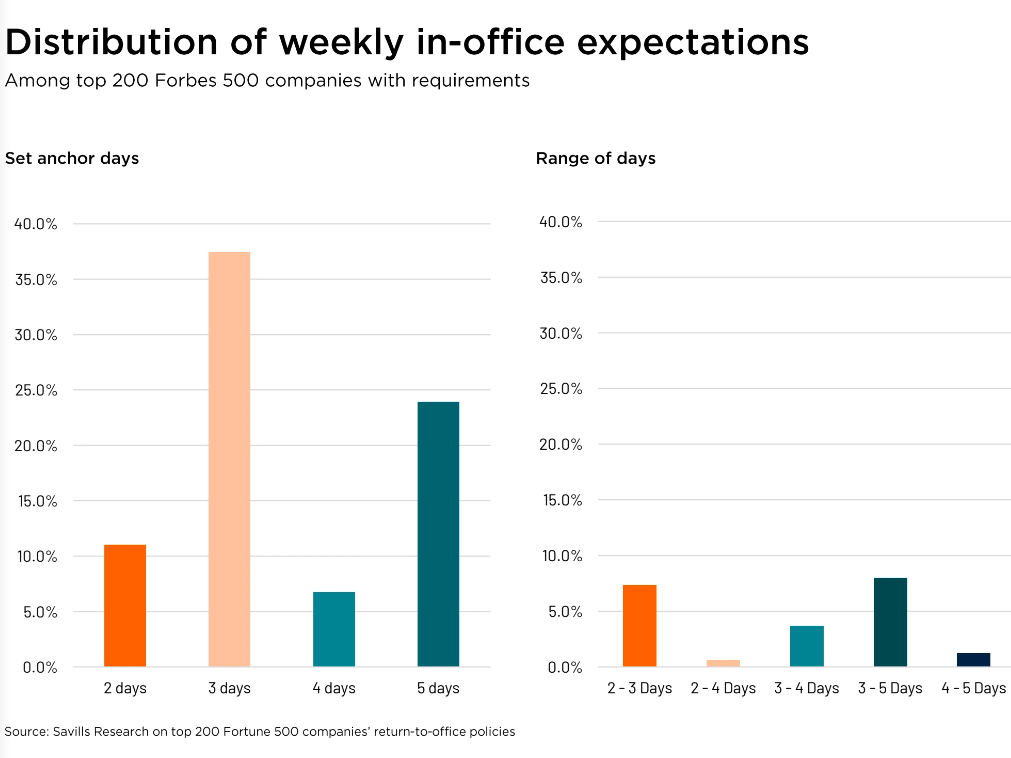US REITs Benefit From Prolonged Recovery
Steven Marks, Fitch Ratings' head of U.S. REITs, shares the firm's 2018 outlook for the sector, including which property types should fare best this year.
By Steven Marks, Head of US REITs, Fitch Ratings
 REITs have continued to show strength throughout the post-crisis cycle, with positive fundamentals across most asset classes.
REITs have continued to show strength throughout the post-crisis cycle, with positive fundamentals across most asset classes.
Fitch reviewed these fundamentals as part of its 2018 outlook for U.S. REITs and in preparing its sector forecast. Taken together, Fitch expects that the lower risk growth strategies, good liquidity management, tactical diversification and tighter portfolio control observed over the last few years have generated a solid operating environment that should continue into the intermediate term.
Despite the group exhibiting continued positive property-level fundamentals across most asset classes, mortgage availability is one potential area of concern. Though Fitch does not envision a reduction in the availability of mortgage capital across most asset classes, this could factor as a potential disruptor to the sector. B-mall owners, as an example, have experienced some difficulty accessing the mortgage market. REITs that own asset classes with reduced access to the mortgage market have weaker contingent liquidity and thus typically have stronger credit metrics for a given rating than REITs with more leverageable assets.
Sector Specifics
Industrial REITs are best positioned in 2018, given strong underlying demand buoyed by ongoing growth in e-commerce. E-commerce growth is driving demand, and the favorable economic environment and moderate sector construction levels should lead to solid organic growth. On the contrary, for retail REITs, Fitch expects e-commerce to continue to take market share from brick and mortar retail, resulting in tenant and retail property softness for weaker real estate assets.
Fitch expects healthy U.S. office REIT sector fundamentals in 2018. New supply in some of the strongest markets may result in less prospective outperformance in tech-driven hubs, such as San Francisco. The trend toward less leased square feet per employee among office-using tenants will remain a demand headwind, particularly in urban markets.
The multifamily sector should have positive same-store net operating income growth, but with certain markets working through excess supply. Despite a steady economic environment, constrained post-crisis, single-family lending has remained a significant hindrance, thus driving home ownership down and in turn supporting multifamily demand.
Health care REITs may continue to face headwinds, which are driven by changing environments where treatments are administered and exposure to government reimbursement policies.
REIT construction will slow after 2017, with the office and retail sectors particularly below prior peak levels. Industrial, multifamily and senior housing have higher development exposure, but it is consistent with historical averages and is generally being absorbed by demand. However, there are certain pockets with particular supply pressure, such as coastal apartment and office markets.
From a ratings perspective, Fitch expects rating movements to be minimal across the U.S. REIT sector with the upgrade to downgrade ratio forecast to remain neutral in 2018.







You must be logged in to post a comment.